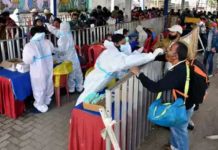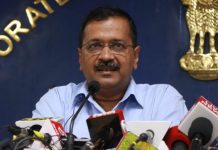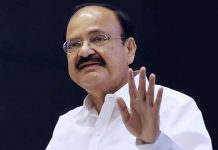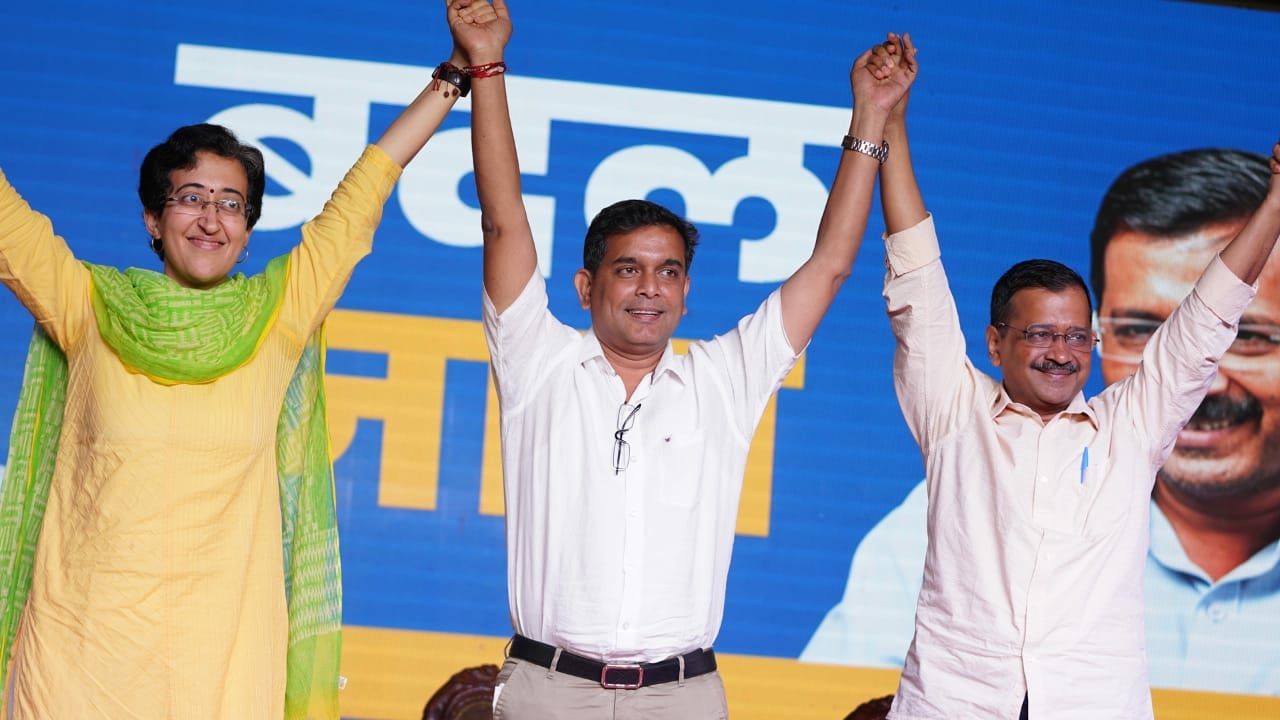
The electoral battle in Uttarakhand and Goa has traditionally been between the two national players, the Congress and the BJP. But entry of AAP in the two states and TMC’s foray into coastal Goa have given new dimension to the contests. A report by Amit Agnihotri
The entry of Aam Aadmi Party in the Goa and Uttarakhand assembly polls has made the contest interesting but whether the Delhi-based party scores a hit will be known only after the results are out on March 10.
The political battle in Uttarakhand and Goa has traditionally been between the two national players, the Congress and the BJP.
While AAP is contesting in both Goa and Uttarakhand, West Bengal-based Trinamool Congress is also trying its luck in the coastal state this time.
The entry of two new parties had provoked the Congress to allege that TMC and AAP were out to divide the anti-BJP votes in Goa.
The TMC hit back saying the Congress lacked aggression to defeat the BJP both in the state and nationally.
The APP claimed that people of Goa and Uttarakhand were fed up with both the national parties due to mis-governance and corruption and wanted to try out a new party.
Voting for the 40-member Goa assembly and 70-member Uttarakhand assembly was held on Feb 14. Voting for the 60 member Manipur assembly in the north-east will be held on Feb 28 and March 5. The result in all three states would be out on March 10.
Due to high stakes, top leaders from various parties campaigned in the three poll-bound states. Prime Minister Narendra Modi, BJP president J P Nadda and Union Home Minister Amit Shah campaigned for the saffron party candidates while Rahul Gandhi and Priyanka Gandhi Vadra sought votes for the Congress candidates.
AAP founder and Delhi chief minister Arvind Kejriwal campaigned in Goa and Uttarakhand while West Bengal chief minister Mamata Banerjee sought votes for her party nominees in the coastal state.
The BJP leaders tried to lure the voters with “double-engine government” offer, meaning the same party ruling the Centre and the state would deliver better on development. The opposition Congress and the AAP slammed the saffron party over issues like price rise, farmers’ protest and its alleged divisive agenda.
The Election Commission’s ban on physical rallies to curb spread of Covid-19 had an impact on the campaigning which forced parties to confine themselves to virtual rallies and limited door-to-door contact programme.
Goa
Besides the Congress, BJP, AAP, TMC, Goa Forward Party, Maharashtrawadi Gomantak Party, Shiv Sena, NCP, Revolutionary Goans, Goencho Swabhimaan Party and Jai Mahabharat Party were in the poll fray.
The Congress had an alliance with the GFP while the TMC had a tie-up with the MGP. The Congress contested 37 seats while GFP got three. The BJP contested all the 40 seats, AAP on 39 seats, TMC on 26 seats and MGP on 13 seats. The NCP and Shiv Sena had a pre-poll alliance under which the Sena contested 11 seats while the NCP contested 3 seats.
In all around 301 candidates contested for the 40 assembly seats in the coastal state, which recorded around 78.94 per cent polling.
The prominent candidates included Chief Minister Pramod Sawant of BJP, Leader of the Opposition Digambar Kamat of Congress, former chief ministers Churchill Alemao of TMC, Ravi Naik of BJP, Laxmikant Parsekar (Independent), former deputy chief ministers Vijai Sardesai of GFP and Sudin Dhavalikar of MGP, former chief minister late Manohar Parrikar’s son Utpal Parrikar and AAP’s chief ministerial nominee Amit Paleker.
Pramod Sawant, the BJP candidate from Sankhalim, claimed his party will win over 22 seats. “It is obvious that I would be the chief minister as the present election is being fought under my leadership,” he said.
Sankhalim in North Goa registered the highest voting at 89.61 per cent, while the lowest voter turnout 70.20 per cent was recorded at Benaulim in South Goa.
The Vasco constituency had the highest number of 35,139 voters while the Mormugao seat had the lowest number of voters at 19,958.
Goa Governor P S Sridharan Pillai cast his vote in the Taleigao assembly constituency in North Goa while Himachal Pradesh Governor Rajendra Arlekar, who hails from Goa, and his wife cast their votes in Vasco.
In the 2017 assembly polls, the Congress had emerged as the single-largest party wining 17/40 seats but lost the power game to the BJP, which had won 13 seats but quickly enlisted support of the smaller parties and formed a government.
The Congress accused the BJP of “stealing” the mandate but later suffered a jolt when 10 of its lawmakers joined the saffron party. Gradually the party was reduced to just four MLAs but did not give up. AAP could not win a single seat in 2017.
Former Goa Governor Satyapal Malik, who was in office from October 2019 to August 2020, had alleged widespread corruption in the BJP government headed by Pramod Sawant.
Revival of mining, which has been banned for over a decade, was a key poll issue in Goa besides reduced fishing that affects livelihoods of the people.
The Congress promised Rs 6,000 per month to families from weaker sections, hostels for working women in Margao and Panaji and increasing the number of police stations supervised by women.
Uttarakhand
Like Goa, AAP is hopeful in the hill-state though both the BJP and Congress are claiming victory. The Congress is confident of regaining Uttarakhand as the state BJP had been in a disarray and was forced to change three chief ministers over the past five years.
Chief Minister Pushkar Singh Dhami took over office in July last year. Before that, the saffron party had replaced then chief minister Trivendra Singh Rawat in March with Tirath Singh Rawat.
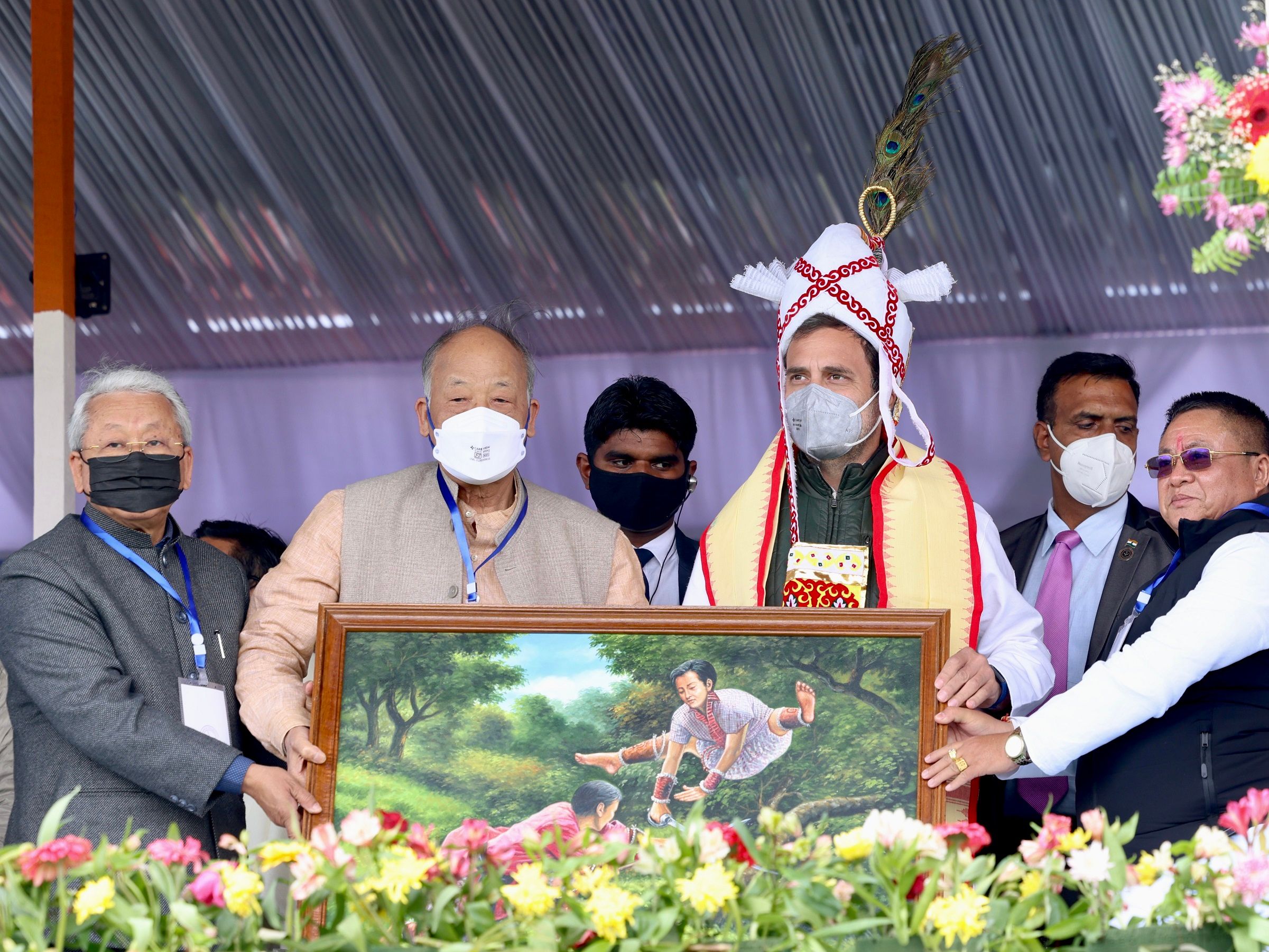
Indicating unease within the BJP, at least three MLAs and a candidate of the ruling party recently accused their party colleagues of plotting their defeat, causing considerable uneasiness in the state unit.
Former chief minister Harish Rawat remains the biggest face of Congress in the state but he had expressed displeasure over lack of support from the organization and there was a confusion over the seat from where he would contest.
The Congress also lost former state unit chief Kishore Upadhyay to the BJP due to infighting. The BJP was banking on Dhami’s age factor (46) in comparison to Rawat (73).
Rahul Gandhi had restructured the Uttarakhand unit last year bringing in Rawat’s nominee Ganesh Godiyal as the new state unit chief.
To balance caste equations, Jeet Ram, Bhuwan Kapri, Tilak Raj Behar and Ranjeet Rawat were appointed as Working Presidents.
If the party wins, credit would go to AICC in charge of the state Devendra Yadav who got around a year to prepare for the polls.
Highlighting the problem of migration, Priyanka Gandhi Vadra said Uttarakhand lacked employment opportunities though the state had the Himalayas, nature and tourism opportunities.
Both the Congress and the BJP tried to woo a large number of ex-servicemen in the state.
The state government tried to placate priests unhappy over Kedarnath, Badrinath, Gangotri and Yamnotri dhams being brought under the Devasthanam Board Act, by withdrawing the move.
AAP fielded mountaineer and former Army officer Colonel Ajay Kothiyal as its chief ministerial candidate and promised free electricity, jobs and pilgrimage if voted to power.
In 2017, the BJP had won 56 of total 70 assembly to wrest power from the Congress, which managed to win only 11.
Manipur
The main fight in the north-eastern state was between the BJP-led coalition and the Congress.
Meghalaya Chief Minister Conrad Sangma, whose National People’s Party is a member of the Manipur government, contested alone.
In the 2017 assembly polls, the NPP had won four seats and had supported the BJP with 21 seats to form a coalition government headed by Chief Minister N Biren Singh.
This time, the NPP wanted to be a king maker so it could go with either BJP or Congress. Naga Peoples’ Front (NPF), which had four legislators and was part of the ruling alliance, also fielded over a dozen candidates.
In 2017, the Congress had emerged as the single largest party by winning 28 seats but the BJP formed the government with the support of parties such as NPP, NPF, and Lok Janshakti Party.
Over the past five years, 13 Congress MLAs deserted the party to join the BJP. The Congress’s strength since been reduced to 17 legislators while the BJP’s has gone up to 25.
Veteran Okram Ibobi Singh (73) is still the Congress’ face in Manipur.
During his campaign, Rahul Gandhi alleged that the BJP wanted to impose uniformity across the culturally diverse country.
“When BJP comes to Manipur, they come without a sense of understanding. They come with a sense of superiority. I don’t come with a sense of superiority but with humanity. That is the difference between us. I am here to learn to grow your idea, culture, and language. The Prime Minister comes here with an air of superiority, he comes to tell you what he thinks,” he said.
Taking a dig at the Congress during a rally at Imphal, PM Modi said that after ruling the state for decades, the Congress only generated inequality while the BJP ensured that every region of Manipur got relief from blockades.
“Congress divided Manipur between hills and valleys and played politics over it. They never worked on developing and improving connectivity in the region,” he said.
“The Palm Oil Mission we’ve started will benefit the farmers of Manipur significantly. We’ve also promoted organic farming practices in the state,” the PM said.
Later, Congress leader Jairam Ramesh claimed that the PM lied during his poll speech in Imphal. “The prime minister claimed full vaccination coverage when Manipur is among the worst in the country on vaccination rates. Only 47.6 percent of the eligible population have got a double dose,” he said.








